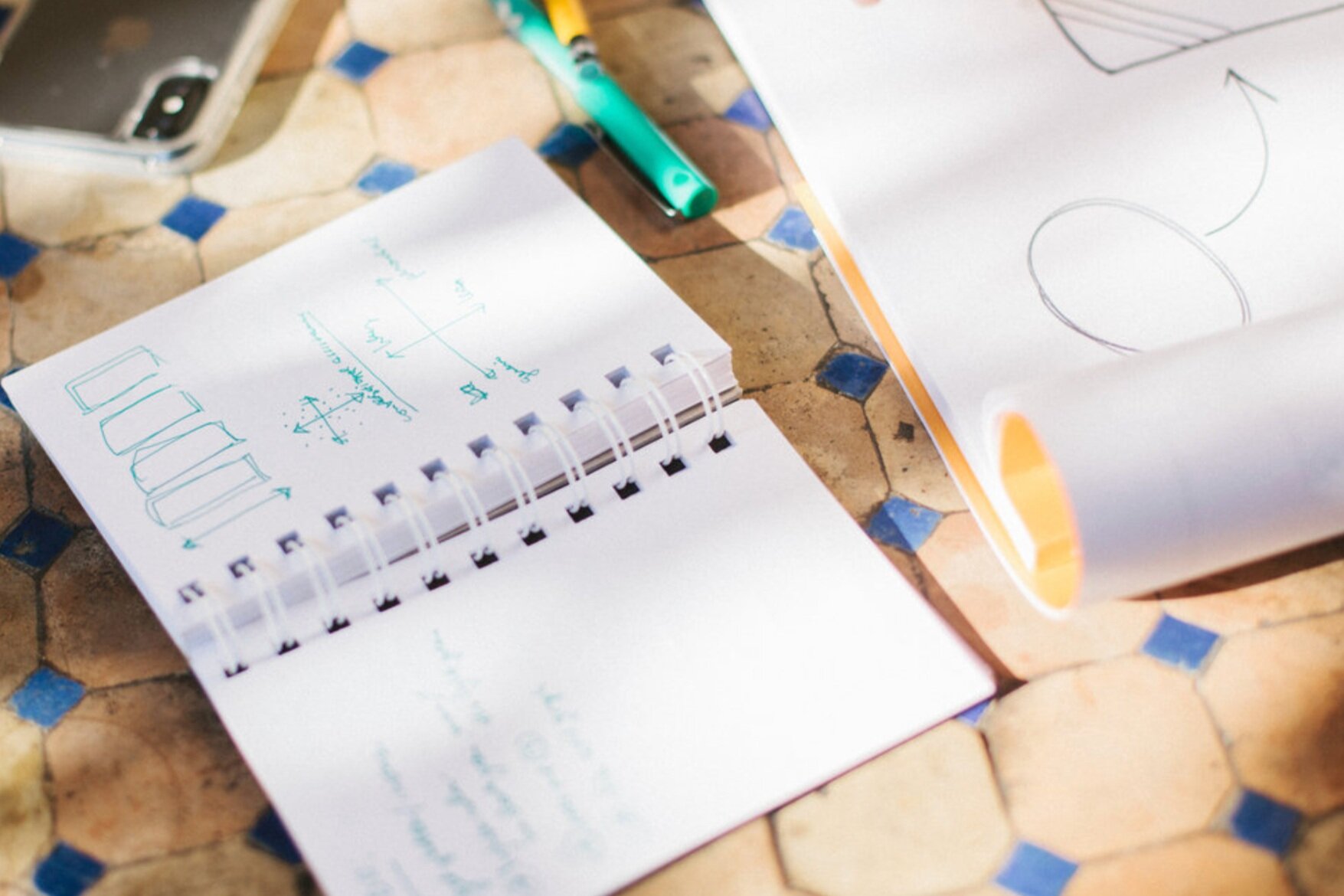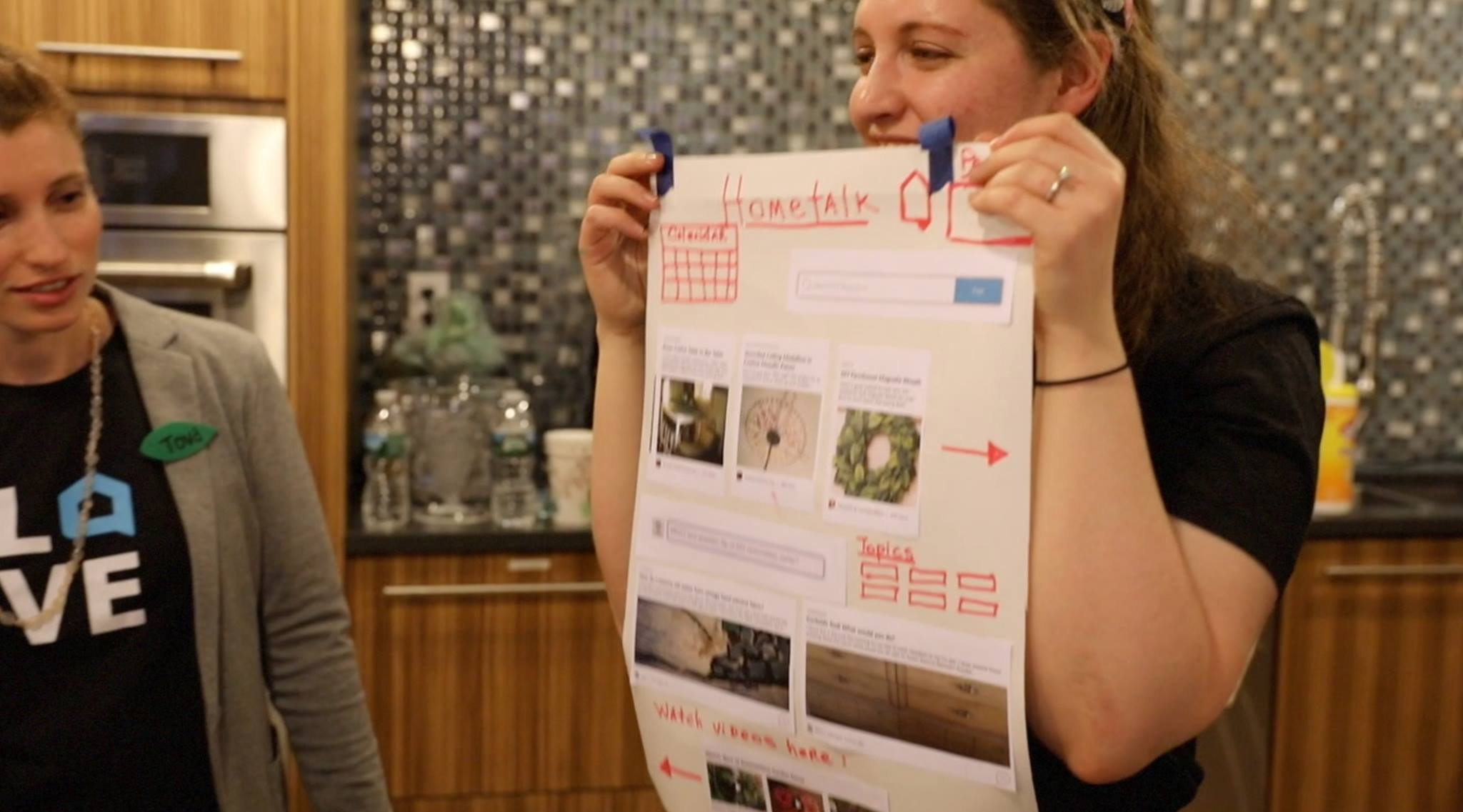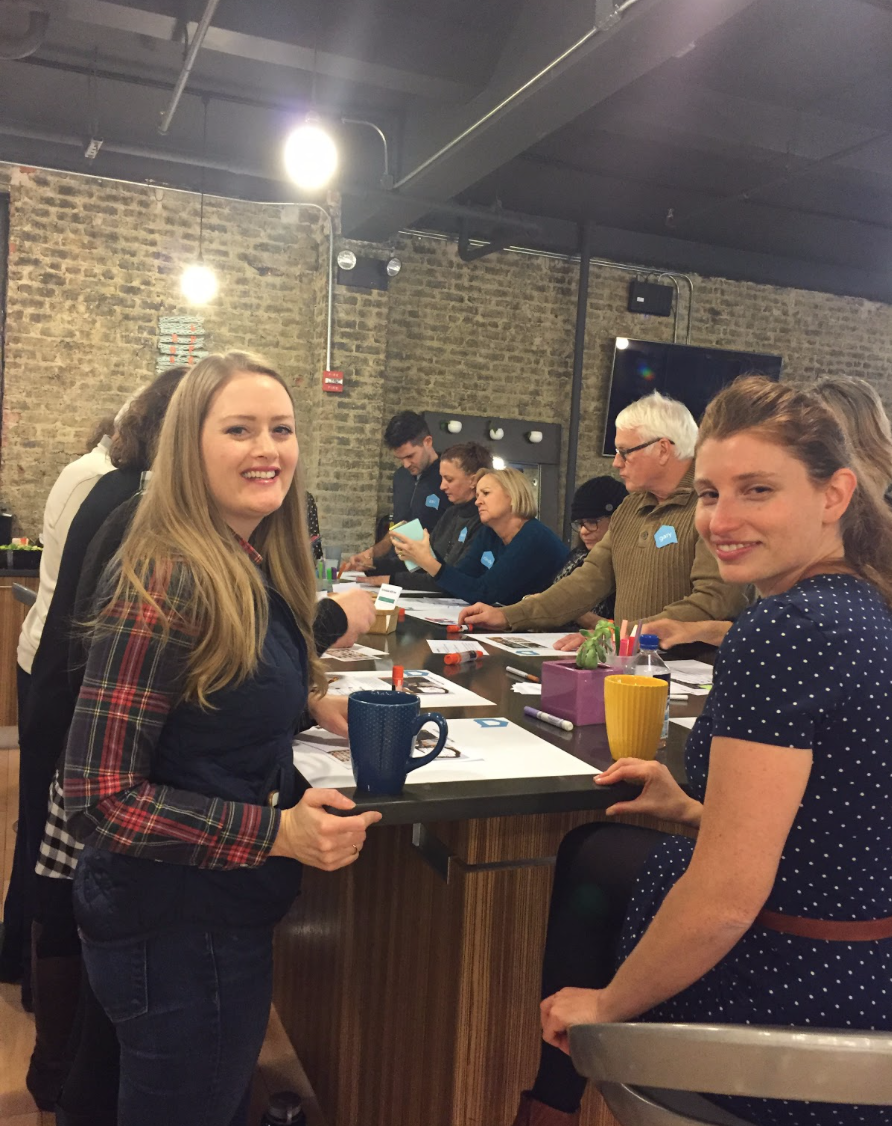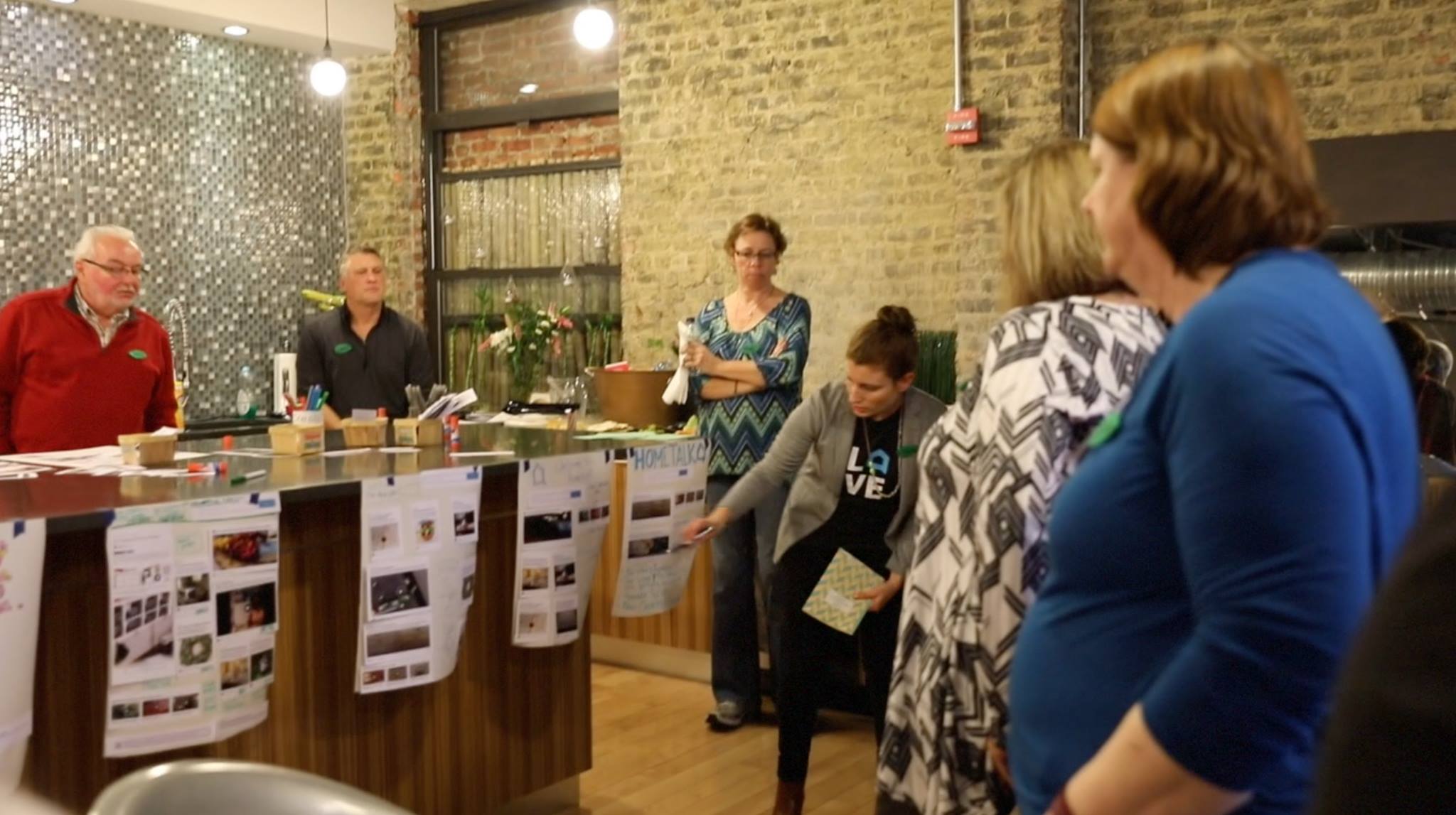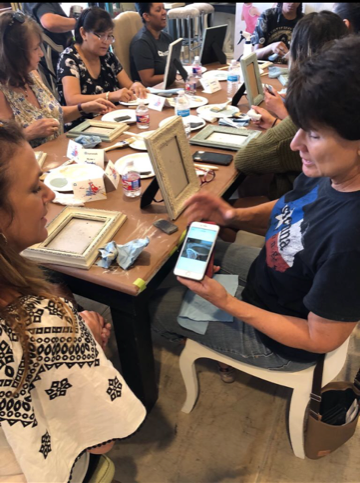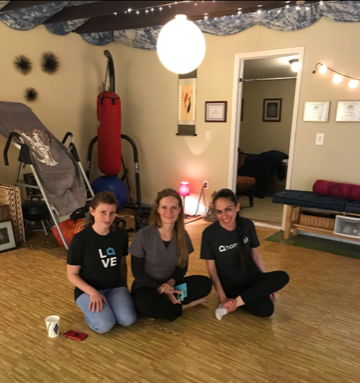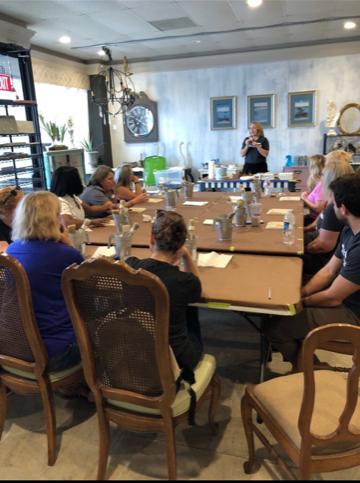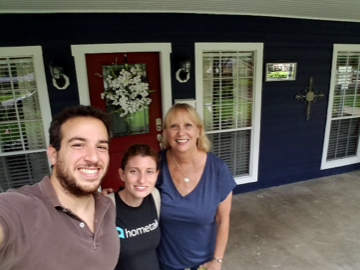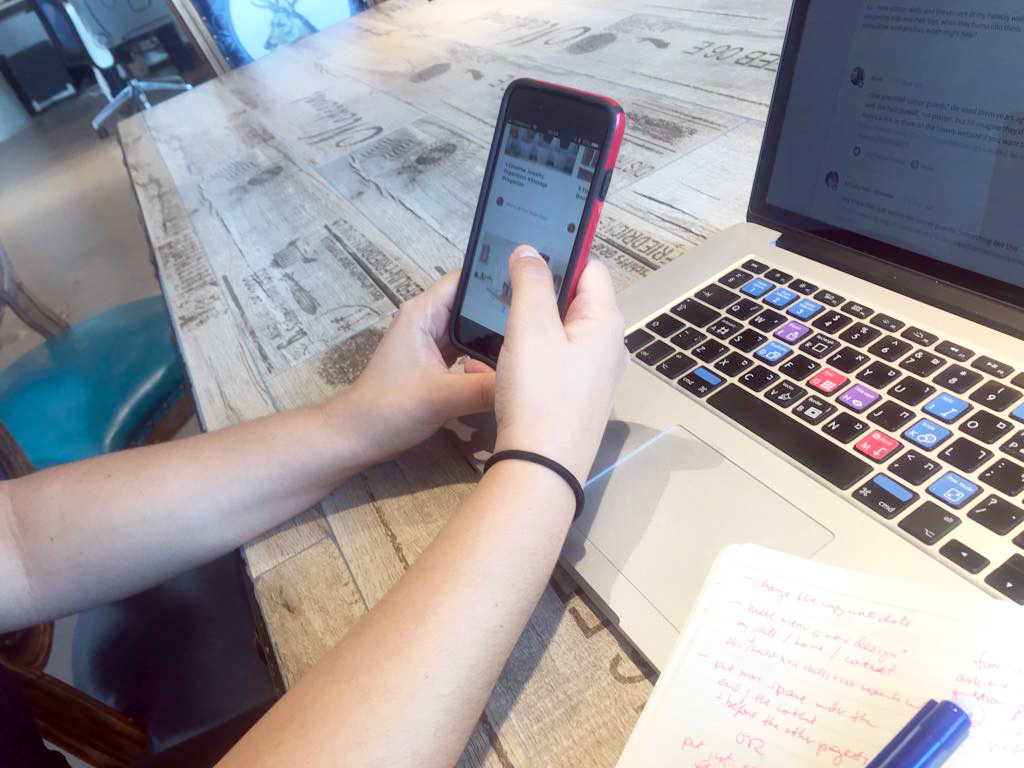Look before you leap: 4 basic types of user research
The word “research” sometimes connotes a laboratory setting, scientists in white coats, or a slow and academic pace. But ‘user research’ or ‘user experience research’ in digital product design is something else entirely, and believe me, you have time for it. You might even be doing it already - or perhaps ineffectively - without being aware of it. In fact, every time you take action to understand people in your target market or user base, you’ve begun a user research effort.
You might have experienced frustration in launching a product or service because it always seems like there are too many unknowns to understand or invest in what has the most potential to show returns. You wonder; What will customers want to see? What do they really like? Are they likely to use this new thing or not? You may even have done some A/B testing or run some surveys in the past to find out. These might have given you a good start, or they may not have provided enough actionable information, or enough insight into consumer behavior to actually define the way forward.
If this sounds familiar, then user research is essentially your secret weapon; a powerful tool that can help guide your design or business development process by answering the tough questions, uncovering insights you need to truly innovate, providing deep value to your customers.
Here are the 4 basic types of user research testing, all of which I use in different combinations, to gain insights for my clients:
1. Usability testing
The most well-known and straightforward method of user research is usability testing. Participants in this kind of test are given a series of tasks to accomplish, often within a certain amount of time, while explaining their actions out loud. It helps easily identify which features users like, which they don’t, and most importantly, why. This kind of testing works great together with surveys or data gathering tools like hotjar, which are used to see where drop-offs happen during action flows. Because usability testing won’t test whether your target audience is motivated enough to use the solution you offer, it works best AFTER you’ve done concept testing, as explained below.
2. Concept testing
More advanced than usability testing, this type of method uses in-depth interviews or digital prototypes to see how well a group of participants responds to a new concept or product, how motivated they might be to use it, and what positive or negative associations they might have with it. Sometimes, focus groups (in person or virtual) work wonders for concept testing. Group settings of 3-20 users allow users to play themed games, such as card sorting, word play, or role play, which bring about insight-rich conversations that don’t happen in other methods of testing.
3. Participatory design sessions
This kind of workshop or interview allows participants to “design along with you” - allowing them to show you exactly how they want things to work. One famous example: Pinterest, a pioneer in the field, has long conducted in-home interviews and participatory design sessions with users, as they used the app to plan weddings, cook meals, and dress in style. In my participatory design sessions, I often ask users to design something they would love to see. When users are empowered to create in this way, they provide a deep look into their motivations and desires, sometimes producing better ideas than a professional designer or developer would!
4. Surveys
Most people are familiar with running surveys, but aren’t properly acquainted with the things that can make them go wrong or produce shallow answers. Effective surveys require carefully balanced wording and UX, so as not to produce misleading biases. More advanced survey methods include sentiment testing and analysis, or asking users to record verbal reactions to design concepts. Because sometimes survey results don’t “speak for themselves” in the way that other qualitative research can, most of the magic happens in analysis - where focused & actionable insights need to be teased out of the results.
But how to choose, and how long does it take?
Choosing which type of test to run, or creating a test plan to get accurate data, can often be tricky, and is therefore an essential part of my collaborative work process with clients. But guess what? No matter which you choose, each research cycle often takes less than 2 weeks.
A quick note about quick prototypes
Depending on which of the 4 methods is chosen, you may want to do some quick prototyping of your product or service. Prototyping is the quickest and most cost effective way to have potential customers give you their honest feedback. This minimises risk in your final product while ensuring it is relevant and in-demand. I build and test out prototypes with users in person or over video chat, through data-gathering programs and a variety of fun methods including role play, “wizard of oz” play, or that good old standby - usability tasks.
